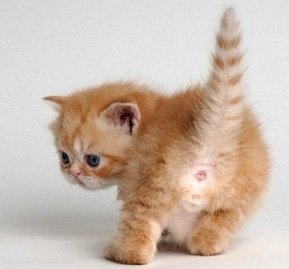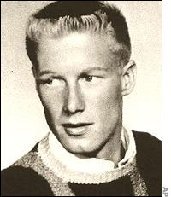
A pancake (or hotcake, griddlecake, or flapjack) is a flat cake, often thin and round, prepared from a starch-based batter that may contain eggs, milk and butter and cooked on a hot surface such as a griddle or frying pan, often frying with oil or butter. It is a type of batter bread. Archaeological evidence suggests that pancakes were probably eaten in prehistoric societies.
The pancake's shape and structure varies worldwide. In the United Kingdom, pancakes are often unleavened and resemble a crêpe. In North America, a leavening agent is used (typically baking powder) creating a thick fluffy pancake. A crêpe is a thin Breton pancake of French origin cooked on one or both sides in a special pan or crepe maker to achieve a lacelike network of fine bubbles. A well-known variation originating from southeast Europe is a palačinke, a thin moist pancake fried on both sides and filled with jam, cream cheese, chocolate, or ground walnuts, but many other fillings—sweet or savory—can also be used.
Commercially prepared pancake mixes are available in some countries. Like waffles, commercially prepared frozen pancakes are available from companies like Eggo. When buttermilk is used in place of or in addition to milk, the pancake develops a tart flavor and becomes known as a buttermilk pancake, which is common in Scotland and the US. Buckwheat flour can be used in a pancake batter, making for a type of buckwheat pancake, a category that includes blini, kaletez, ploye, and memil-buchimgae. When potato is used as a major portion of the batter, the result is a potato pancake.
Pancakes may be served at any time of the day or year with a variety of toppings or fillings, but they have developed associations with particular times and toppings in different regions. In North America, they are typically considered a breakfast food and serve a similar function to waffles. In Britain and the Commonwealth, they are associated with Shrove Tuesday, commonly known as "Pancake Day", when, historically, perishable ingredients had to be used up before the fasting period of Lent.
History
The Ancient Greeks made pancakes called τηγανίτης (tēganitēs), ταγηνίτης (tagēnitēs) or ταγηνίας (tagēnias), all words deriving from τάγηνον (tagēnon), "frying pan". The earliest attested references to tagenias are in the works of the 5th-century BC poets Cratinus and Magnes. Tagenites were made with wheat flour, olive oil, honey, and curdled milk, and were served for breakfast. Another kind of pancake was σταιτίτης (staititēs), from σταίτινος (staitinos), "of flour or dough of spelt", derived from σταῖς (stais), "flour of spelt". Athenaeus mentions, in his Deipnosophistae, staititas topped with honey, sesame, and cheese. The Middle English word pancake appears in English in the 15th century.
The Ancient Romans called their fried concoctions alia dulcia, Latin for "other sweets". These were much different from what are known as pancakes today.
United States and Canada
American and Canadian pancakes (sometimes called hotcakes, griddlecakes, or flapjacks) are usually served at breakfast, in a stack of two or three, topped with real or artificial maple syrup and butter. They are often served with other items such as bacon, toast, eggs or sausage. Other popular topping alternatives include jam, peanut butter, nuts, fruit, honey, powdered sugar, whipped cream, cane syrup, cinnamon and sugar, and molasses. In addition, when a pancake is occasionally served as a dessert, toppings such as ice cream, chocolate syrup, and various fruits are often used.
The thick batter contains eggs, flour, milk, and a leavening agent such as baking powder. The batter can have ingredients such as buttermilk, blueberries, strawberries, bananas, apples, chocolate chips, cheese, or sugar added. Spices such as cinnamon, vanilla and nutmeg can also be used. Yogurt may be used to give the pancakes a relatively moist consistency. Pancakes may be 1 cm (1⁄2 inch) thick and are typically between 4 and 10 inches in diameter.
If you want to read a lot more.... go here: https://en.wikipedia.org/wiki/Pancake
- 1 (14-ounce) bag coleslaw mix
- 1 1/4 cups mayonnaise
- 1 (8-ounce) can crushed pineapple, drained
- 1 (6-ounce) can Mandarin oranges, drained
- 1/4 cup chopped Maraschino cherries
- 1/4 teaspoon salt
- 1/4 teaspoon black pepper
- In a large bowl, toss together all ingredients until well mixed and evenly coated.
- Cover and chill for 1 to 2 hours then mix again before serving (see Note).





.jpg)







